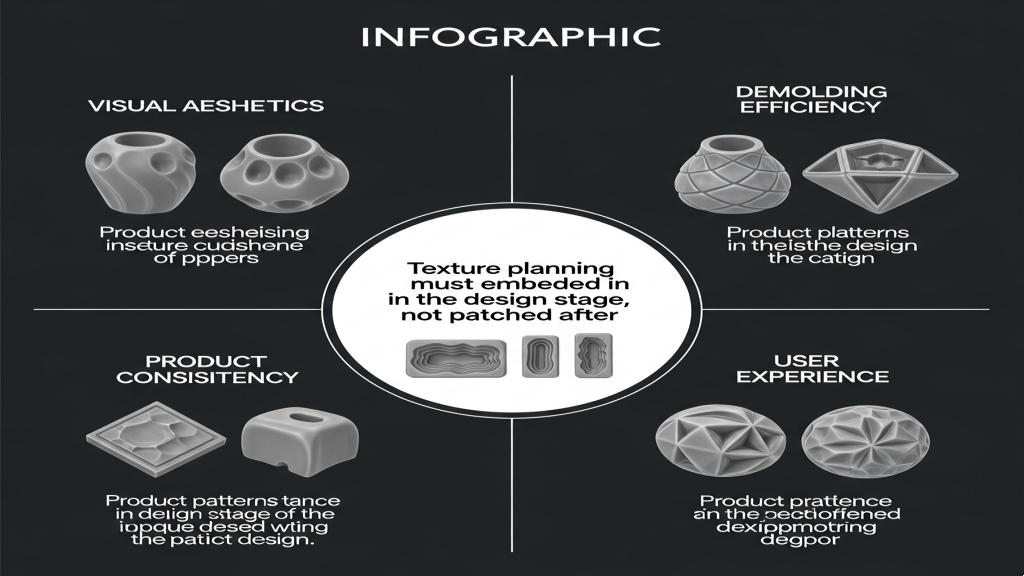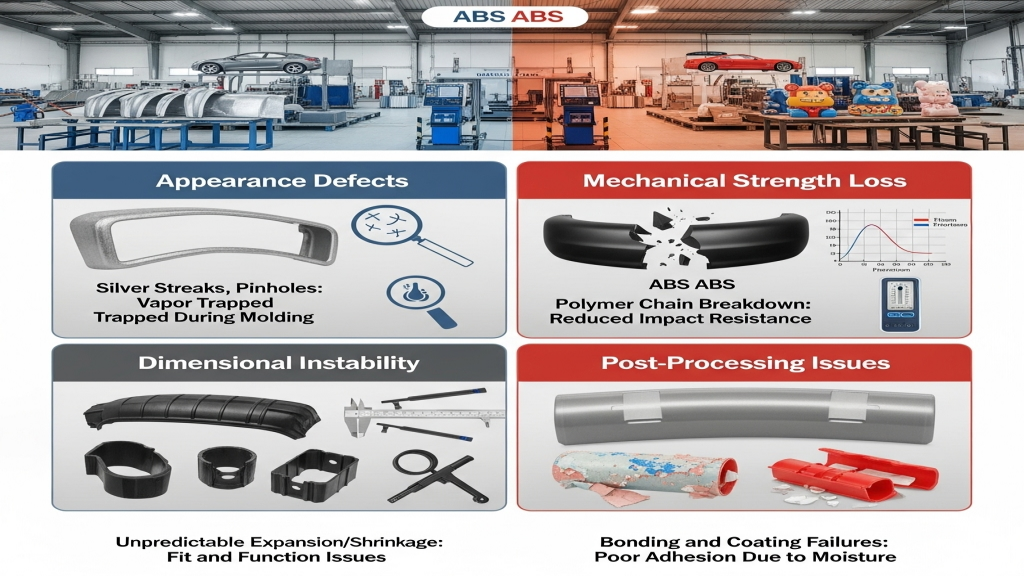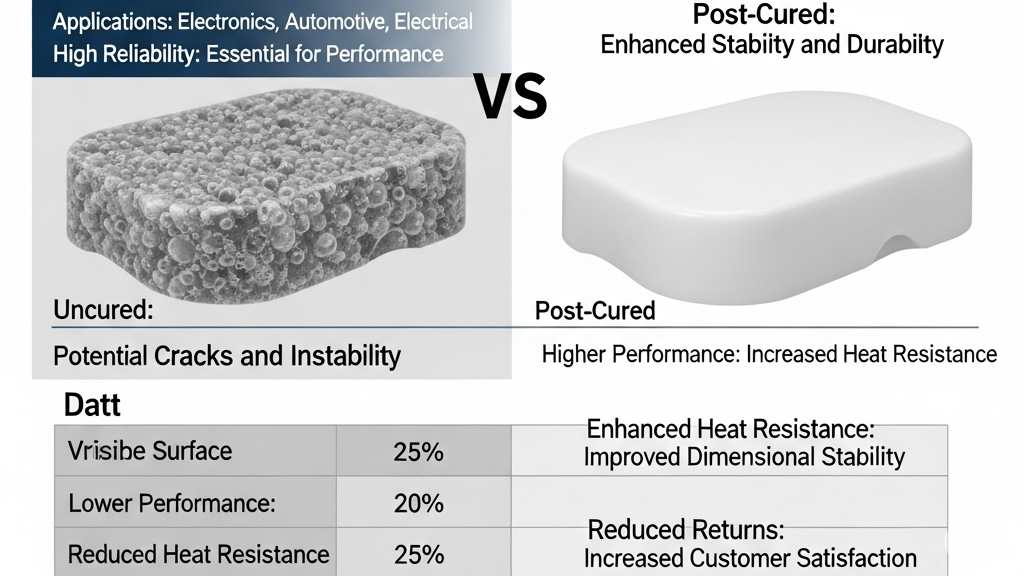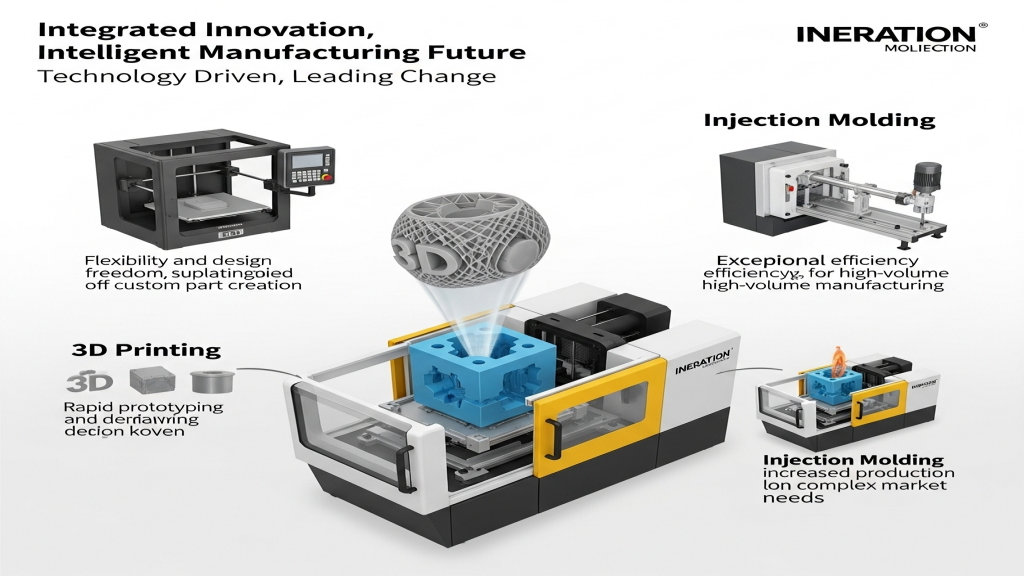Injection molding is one of the most widely used manufacturing processes for producing plastic parts, and while it’s highly efficient, certain defects can arise that affect the quality of the final product. Understanding these common defects and knowing how to prevent or correct them is essential for ensuring the reliability and performance of injection-molded parts. In this blog, we’ll explore some of the most frequent injection molding defects, explain their causes, and provide comprehensive solutions to address them.
1. Warping
What is it?
Warping occurs when a part distorts or twists during cooling, resulting in uneven surfaces or incorrect dimensions. This usually happens because of uneven cooling or inconsistent material shrinkage across the part.
Solutions:
Optimize Mold Design: Ensure uniform wall thickness throughout the part to reduce internal stresses caused by varying cooling rates. For sections requiring different thicknesses, smooth transitions between thin and thick areas can help minimize warping.
Enhance Cooling Channel Design: Cooling channels should be placed strategically to promote uniform cooling. Conformal cooling channels, which are designed to match the part’s geometry, can help reduce cooling imbalances.
Choose the Right Material: Certain materials, particularly high-crystallinity plastics like polypropylene, are prone to warping. Consider switching to materials like ABS or PC, which offer better dimensional stability and lower shrinkage.
Adjust Processing Parameters: Slowing down the cooling process by lowering mold temperature or decreasing injection speed can help ensure more uniform cooling and prevent warping.
2. Sink Marks
What is it?
Sink marks are small depressions that occur on the surface of the part, typically in thicker sections, when the outer layer solidifies faster than the inner layer. This is usually caused by insufficient material packing or improper cooling.
Solutions:
Reduce Wall Thickness: Thin, uniform walls can help reduce the occurrence of sink marks. Thicker areas of the part should be reinforced with ribs or gussets to add strength without increasing material bulk.
Increase Packing Pressure and Time: Adjusting packing pressure and extending packing time helps ensure that the cavity is fully packed, compensating for shrinkage in thicker sections.
Use Proper Material: Materials with lower shrinkage rates, such as glass-filled plastics, are less likely to cause sink marks. Consider using these materials for parts with thicker sections.
Optimize Cooling Time: Extending cooling time ensures the part cools uniformly, reducing the chances of sink marks developing.
3. Flash
What is it?
Flash is excess plastic material that leaks out of the mold cavity and solidifies along the parting line or edges of the part. It typically occurs when the mold isn’t properly aligned, or when the injection pressure is too high.
Solutions:
Ensure Mold Alignment: Regularly inspect the mold for wear, misalignment, or damage along the parting line. Proper mold alignment and fit prevent material leakage and minimize flash formation.
Optimize Clamping Force: The clamping force of the molding machine must be correctly set to ensure the mold remains securely closed during the injection process. Too little clamping force allows the mold to open slightly, causing flash, while excessive force can damage the mold over time.
Control Injection Pressure: High injection pressure can cause material to be forced out of the mold cavity. Reducing injection pressure or flow rate helps prevent overfilling and reduces flash.
4. Short Shots
What is it?
A short shot happens when the mold cavity isn’t completely filled with plastic, leaving portions of the part incomplete. This can be caused by insufficient injection pressure, poor flow, or obstructions within the mold.
Solutions:
Increase Injection Pressure and Speed: Adjusting the pressure and speed during the injection process can help fully fill the cavity, preventing short shots.
Check Mold Venting: Poor venting can trap air in the mold, preventing material from filling the cavity completely. Ensuring proper venting allows air to escape, leading to complete part formation.
Use Higher Flow Material: For intricate parts or thin walls, using materials with better flow properties can help the plastic fill the mold more effectively, avoiding short shots.
5. Burn Marks
What is it?
Burn marks appear as black or brown discolorations on the surface of the part, caused by trapped air being compressed or material overheating. This defect is often a result of high injection speed or improper mold venting.
Solutions:
Reduce Injection Speed and Temperature: Slowing down the injection speed and lowering material temperature can reduce the friction and heat buildup, preventing burn marks from forming.
Improve Mold Venting: Ensure that air vents are properly placed and functional so trapped air can escape during the injection process. This prevents pressure from building up and causing burn marks.
Check Material Degradation: Ensure that the material is processed at the correct temperature and within appropriate time limits. Material degradation due to high heat or long residence time in the barrel can also lead to burn marks.
Our Expertise in Solving Injection Molding Defects
At Ruicheng, we understand how critical it is to produce high-quality injection-molded parts without defects. Whether you’re experiencing warping, sink marks, flash, or any other common injection molding issues, our team of skilled engineers and advanced equipment ensures that we can resolve these problems efficiently.
We offer a full range of services, from part design and material selection to process optimization and production troubleshooting. With our deep knowledge of the injection molding process, we work closely with you to develop customized solutions that address your specific production challenges. Our experience in fine-tuning mold design, optimizing cooling systems, and controlling processing parameters means we can consistently deliver defect-free, high-quality parts—regardless of production volume.
If you’re facing injection molding defects or looking to improve the quality of your parts, we encourage you to explore our comprehensive solution center for more in-depth insights into how we handle these issues. Alternatively, you can contact us directly to discuss your unique challenges and how we can help. At Ruicheng, we’re dedicated to providing the best solutions for all your injection molding needs.







